Small fortunes: Alexander Calder’s miniature marvels on display at Dominique Lévy gallery

Alexander Calder's aerodynamic mobiles and monumental stabiles may be well-known fodder to modern art aficionados, but a new show that opened at New York's Dominique Lévy gallery this week is set to surprise even those most familiar with his work. Entitled 'Multum in Parvo', the Latin translation for 'much in little', the exhibition puts over 40 rare miniature sculptures by Calder under the spotlight in a reverent setting, specially designed by the architect Santiago Calatrava.
Spanning more than 30 years and comprised of rarely seen maquettes, models and studies, the smallest of which stands just over an inch high, the exhibition is an unreal presentation of Calder's recognisable style and methodology. In spite of the works' diminutive scale, no detail has been sacrificed. Tiny models made from coiled coloured wire share similarities with Calder's recognisable jewellery pieces, and are both delicate and robust at the same time. Intricate constructions, such as 'Eight Black Dots' (1950) and 'Untitled' (1947) articulate a profundity, despite only being made from painted sheet metal and wire. Small-scale stabile studies, which Calder often made as part of early proposals for clients, buoy and move just as their life-size counterparts would do. There are six of these in the show, including a model for the artist's submission to the Smithsonian Gallery of Art in Washington D.C. in 1939, made from wood, wire, lead and metal. They are being exhibited together for the first time in 15 years.
'For me, Calder is the only artist who's been able, over and over again, to go from the miniature to the monumental, and the monumental to the miniature, to the point of wondering, "is miniature not monumental"? This is really what we wanted to share with you in this exhibition,' the gallerist Lévy says.
'Intimacy to me was essential. We were fortunate with the size of these rooms because they are not monumental. There's an incredible joie de vivre and tenderness on display. What I really wanted is [for visitors] to feel the power of the small works so that you actually forget that the works are small, because they're far from.'
To make the most of the differences in scale, Calatrava and his son, Gabriel, created an abstract curvilinear landscape that divides both floors of the gallery's space. It's meandering form harks back to the mid-century architectural aesthetic that prevailed during the sculptures' creation. The larger works are each displayed on elegant mirrored plinths that balance on top of thin poles which emerge from this setting, allowing viewers to examine their assembly from all angles and up close. In contrast, the tinier thumb-sized sculptures are exhibited in mirrored glass cases, where they can still be admired closely, albeit from a safe distance away.
'We have chosen to deal with the space in a way that the objects are not only tangible, but they are also visible in all directions. They grow around us, as architecture does,' says Calatrava, whose artistic approach to engineering and architecture mirrors Calder's engineering approach to art. Sculptures and environment combined, 'Multum in Parvo' is an inspiring, heartfelt tribute to Calder's enduring legacy.

Spanning more than 30 years, 'Multum in Parvo' comprises rarely seen maquettes, models and studies.
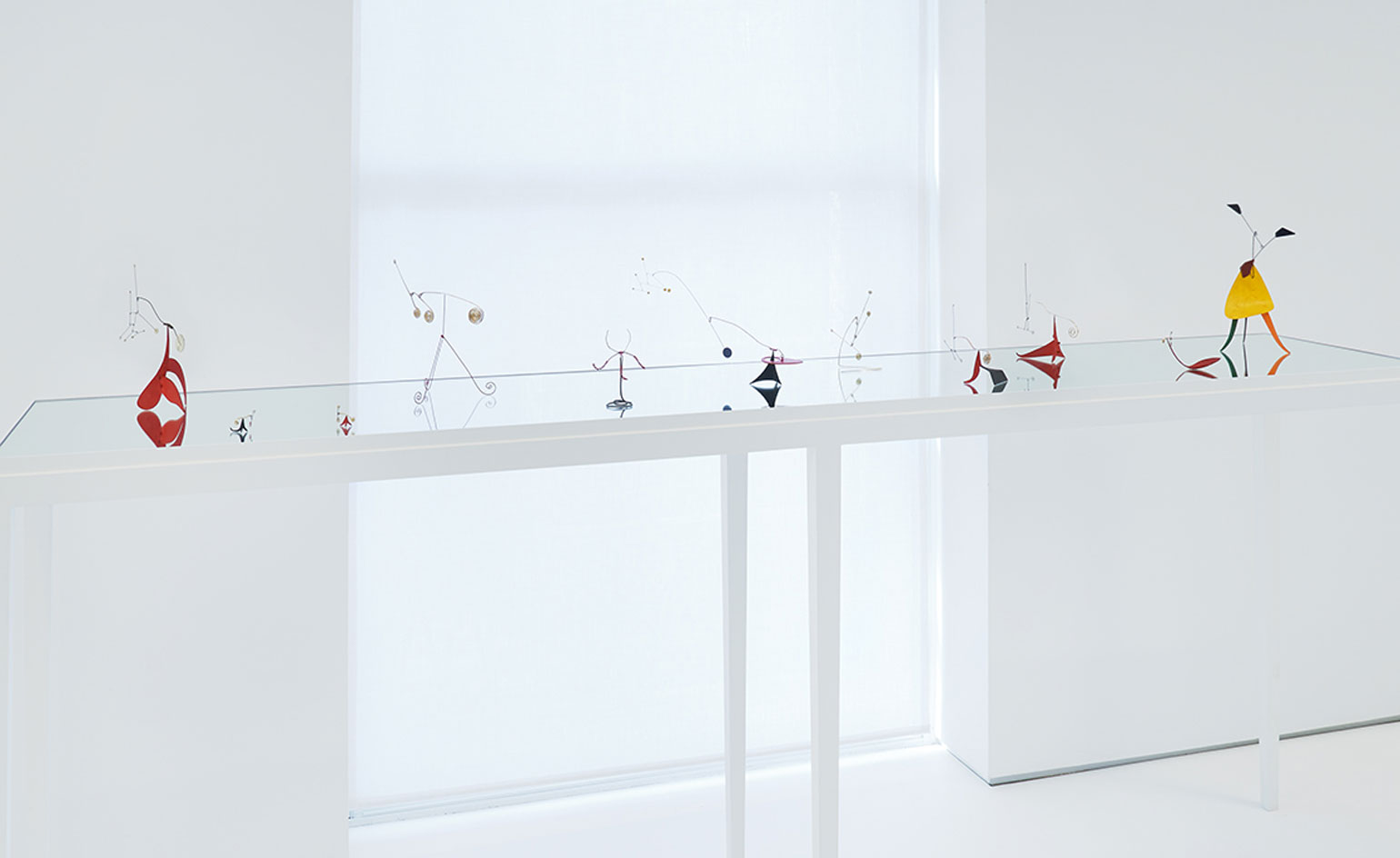
The smallest piece stands at just over an inch high. Tiny models made from wire are recognizable echoes of Calder's jewellery pieces, while the small-scale stabile studies were made as proposal models for clients.
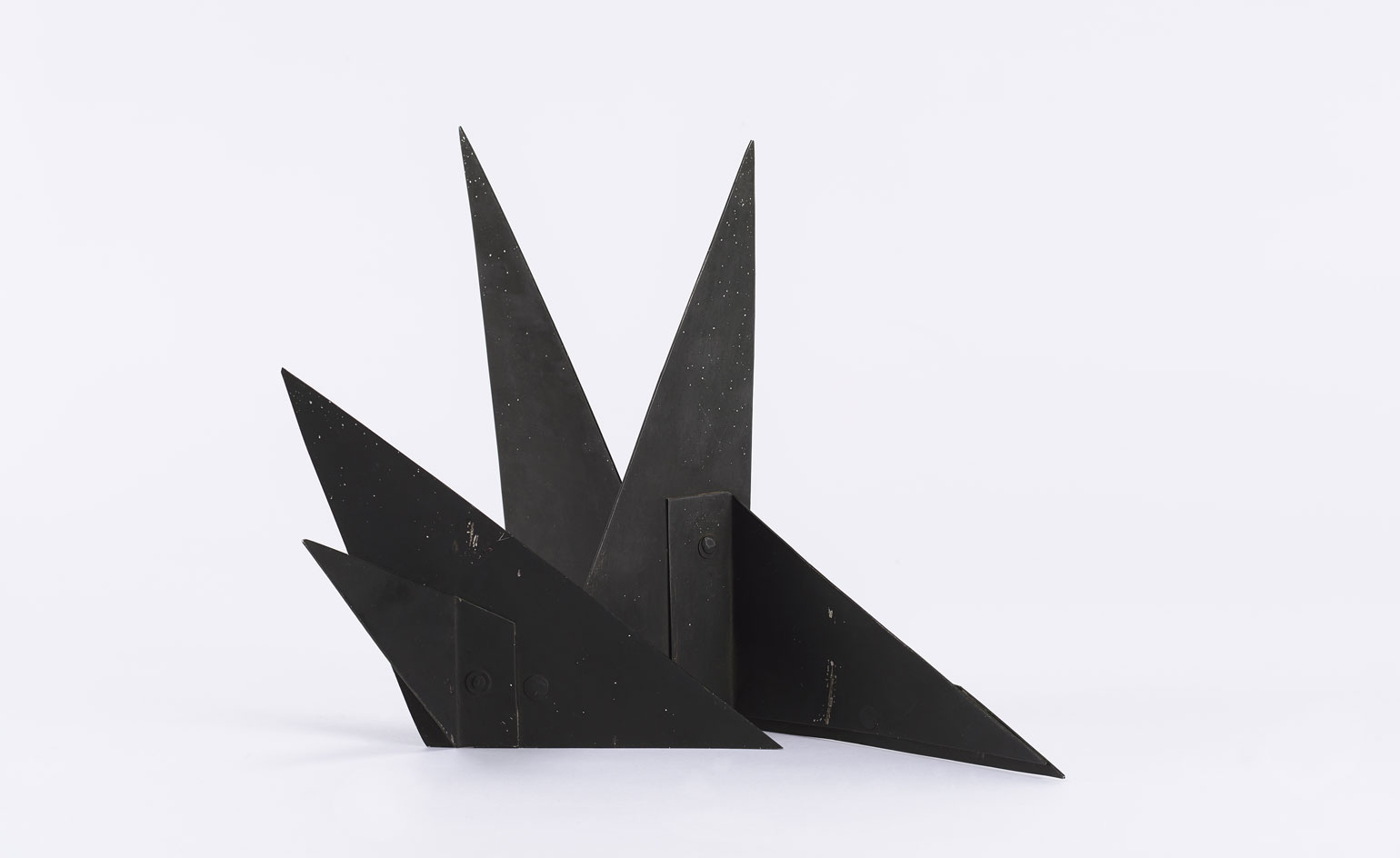
A maquette for the Cafritz fountain at the Smithsonian Gallery of Art made by Calder in 1966.

'Calder is the only artist who's been able, over and over again, to go from the miniature to the monumental,' says the gallerist Dominique Lévy.

A sketch of Santiago Calatrava's design for the exhibition, on which he collaborated with his son Gabriele. The curvilinear landscape was designed to make the most of the differences in scale between Calder's pieces.

'Intimacy to me was essential. We were fortunate with the size of these rooms because they are not monumental,' says Lévy.

'Untitled' by Alexander Calder, c.1942.

The profound, if diminutive, 'Eight Black Dots' of 1950.
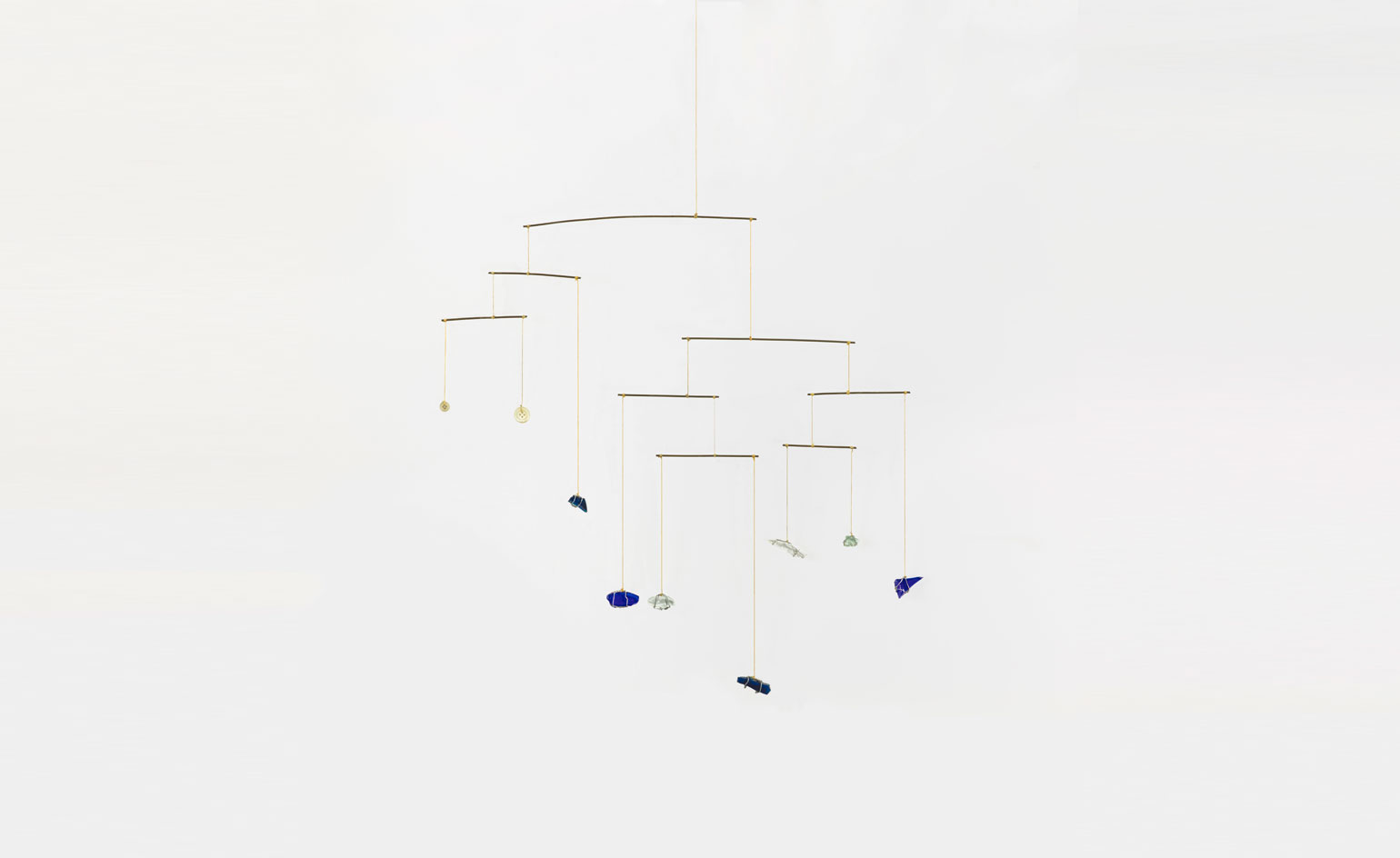
A mobile in miniature, 'Untitled', was made in c.1934.
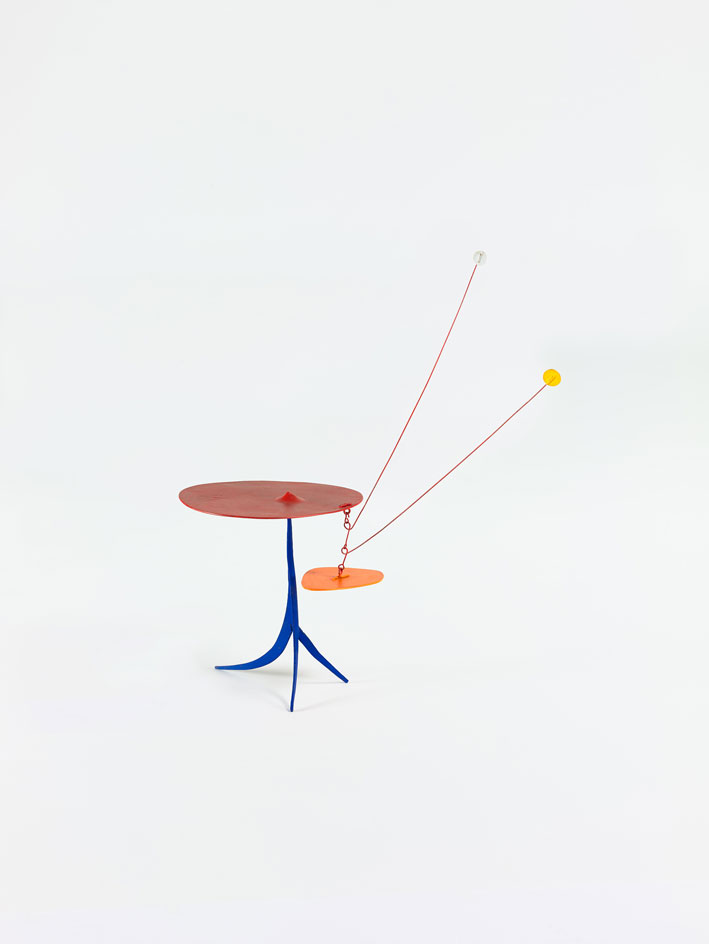
'Red Toadstool' of 1949.

'Untitled', 1947.
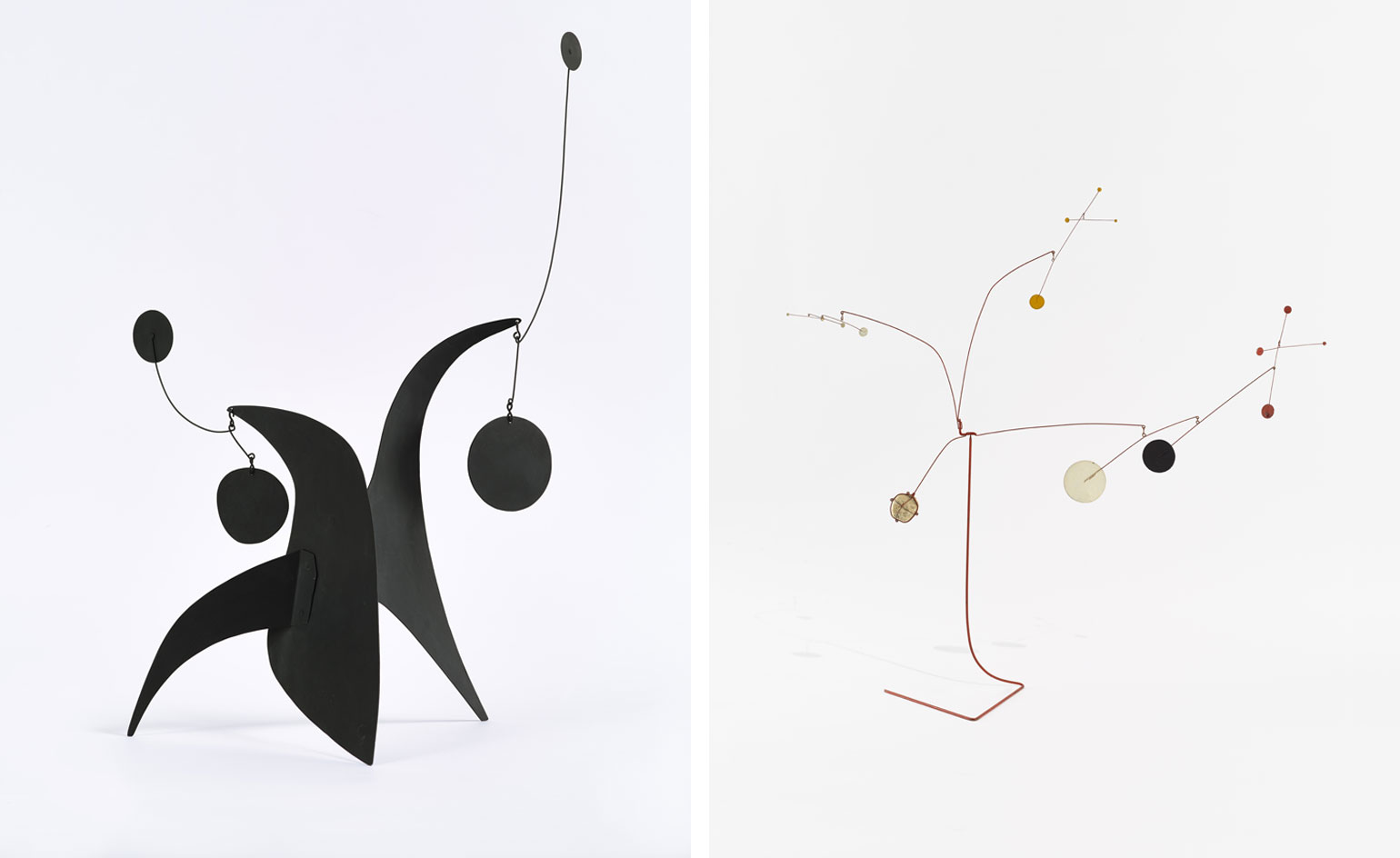
Just sheet metal and wire make up 'Haverford Variation' of 1944 (left), while stones and paint are incorporated into 'Caged Stone with Fourteen Dots', which was made in c.1948.
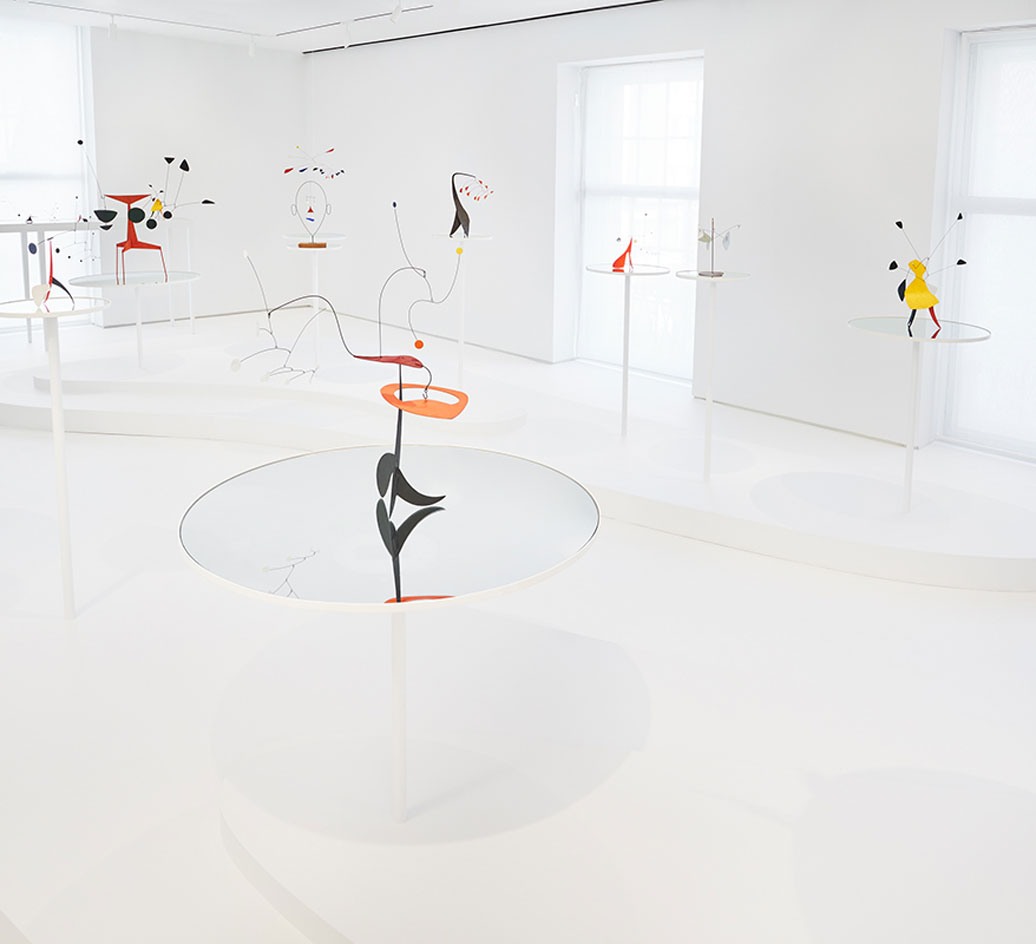
'Intimacy to me was essential' says Lévy of the exhibition, which showcases larger works on mirrored plinths, allowing viewers to inspect them closely.
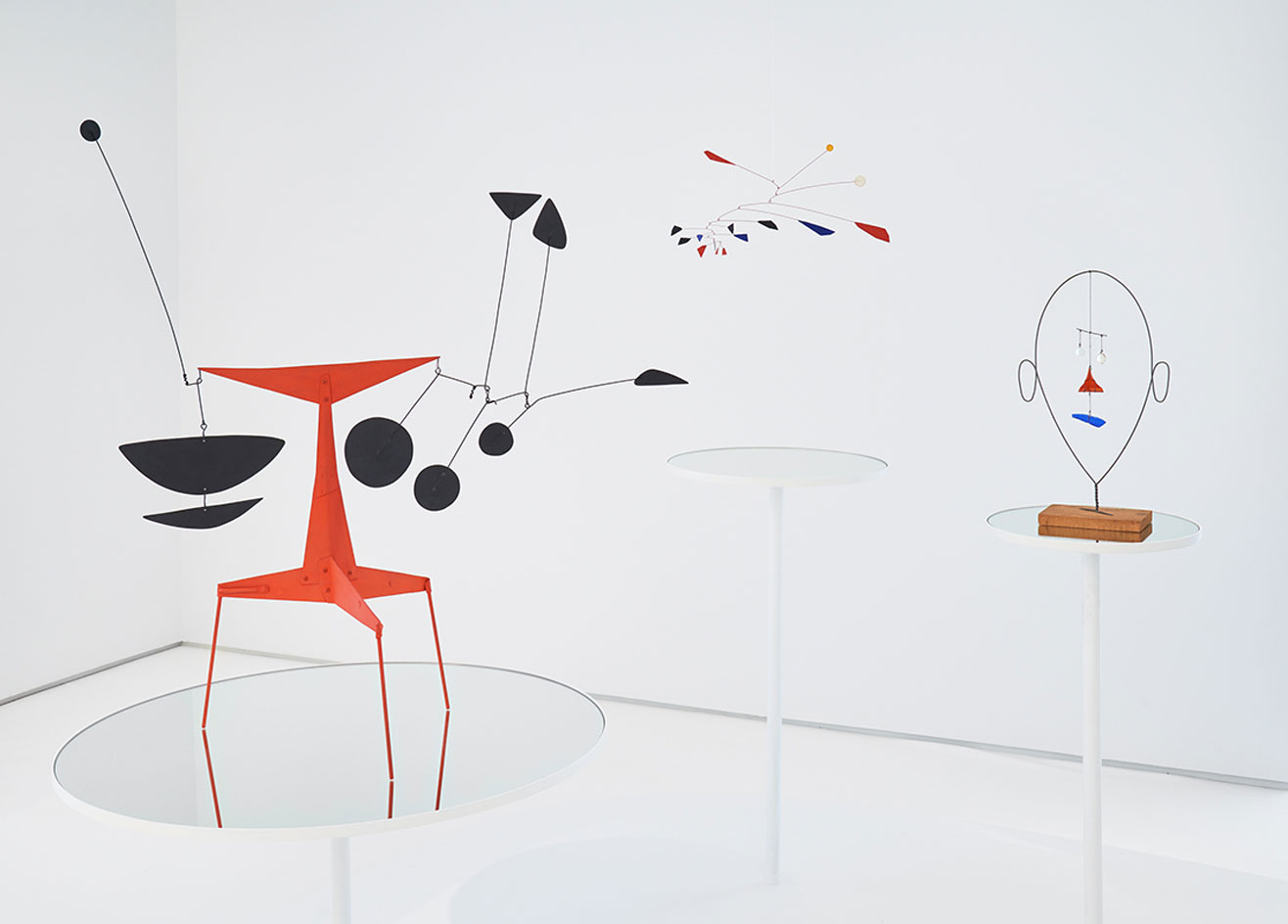
'There's an incredible joie de vivre on display,' he continues.
ADDRESS
Dominique Lévy
909 Madison Avenue
New York
NY 10021
Receive our daily digest of inspiration, escapism and design stories from around the world direct to your inbox.
Pei-Ru Keh is a former US Editor at Wallpaper*. Born and raised in Singapore, she has been a New Yorker since 2013. Pei-Ru held various titles at Wallpaper* between 2007 and 2023. She reports on design, tech, art, architecture, fashion, beauty and lifestyle happenings in the United States, both in print and digitally. Pei-Ru took a key role in championing diversity and representation within Wallpaper's content pillars, actively seeking out stories that reflect a wide range of perspectives. She lives in Brooklyn with her husband and two children, and is currently learning how to drive.
-
 Next-generation jeweller Rosalie Carlier is one to watch
Next-generation jeweller Rosalie Carlier is one to watchThe young jewellery designer creates sensuous but bold pieces intended to ‘evoke emotion in the wearer’
-
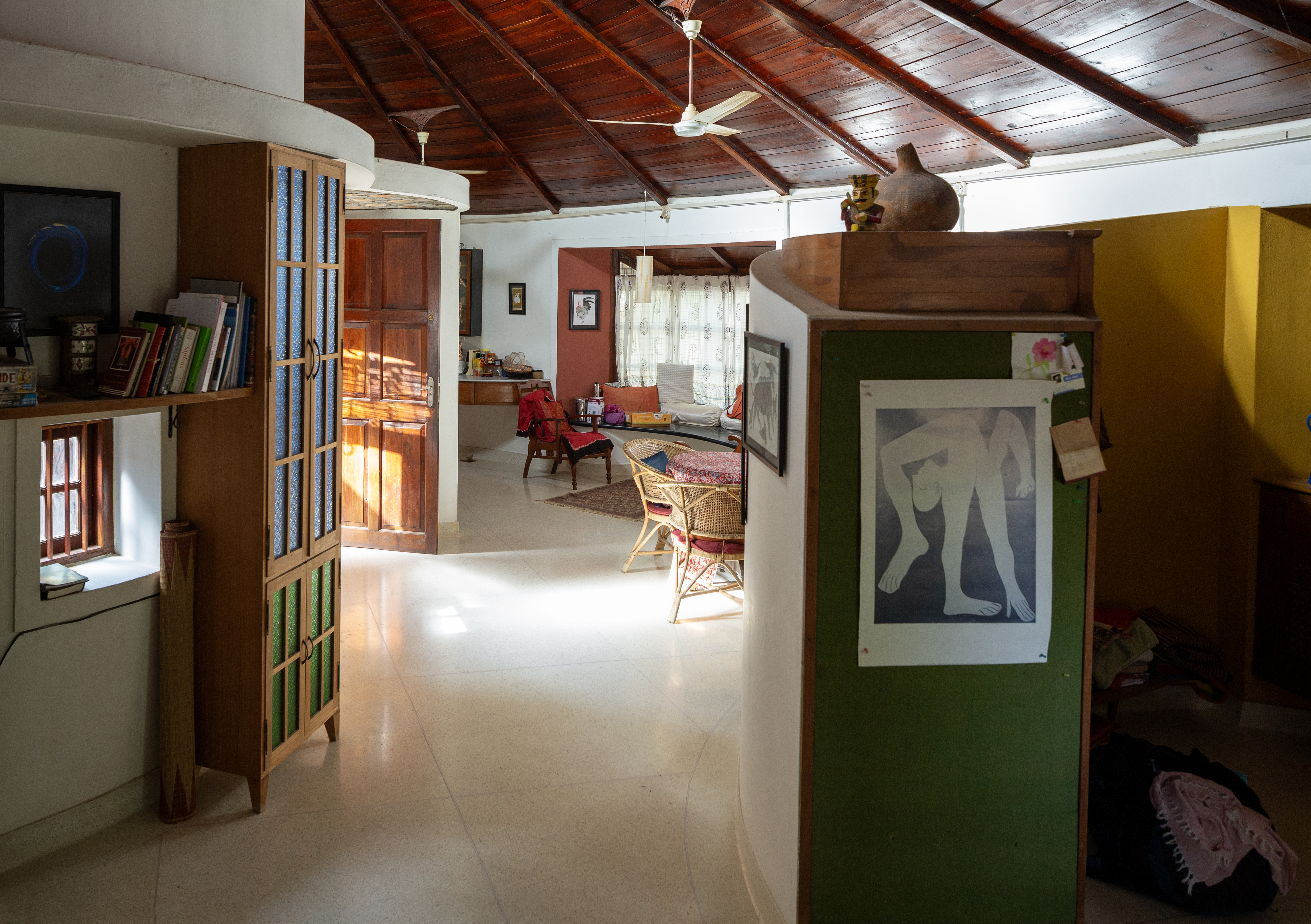 Inside a creative couple's magical, circular Indian home, 'like a fruit'
Inside a creative couple's magical, circular Indian home, 'like a fruit'We paid a visit to architect Sandeep Virmani and social activist Sushma Iyengar at their circular home in Bhuj, India; architect, writer and photographer Nipun Prabhakar tells the story
-
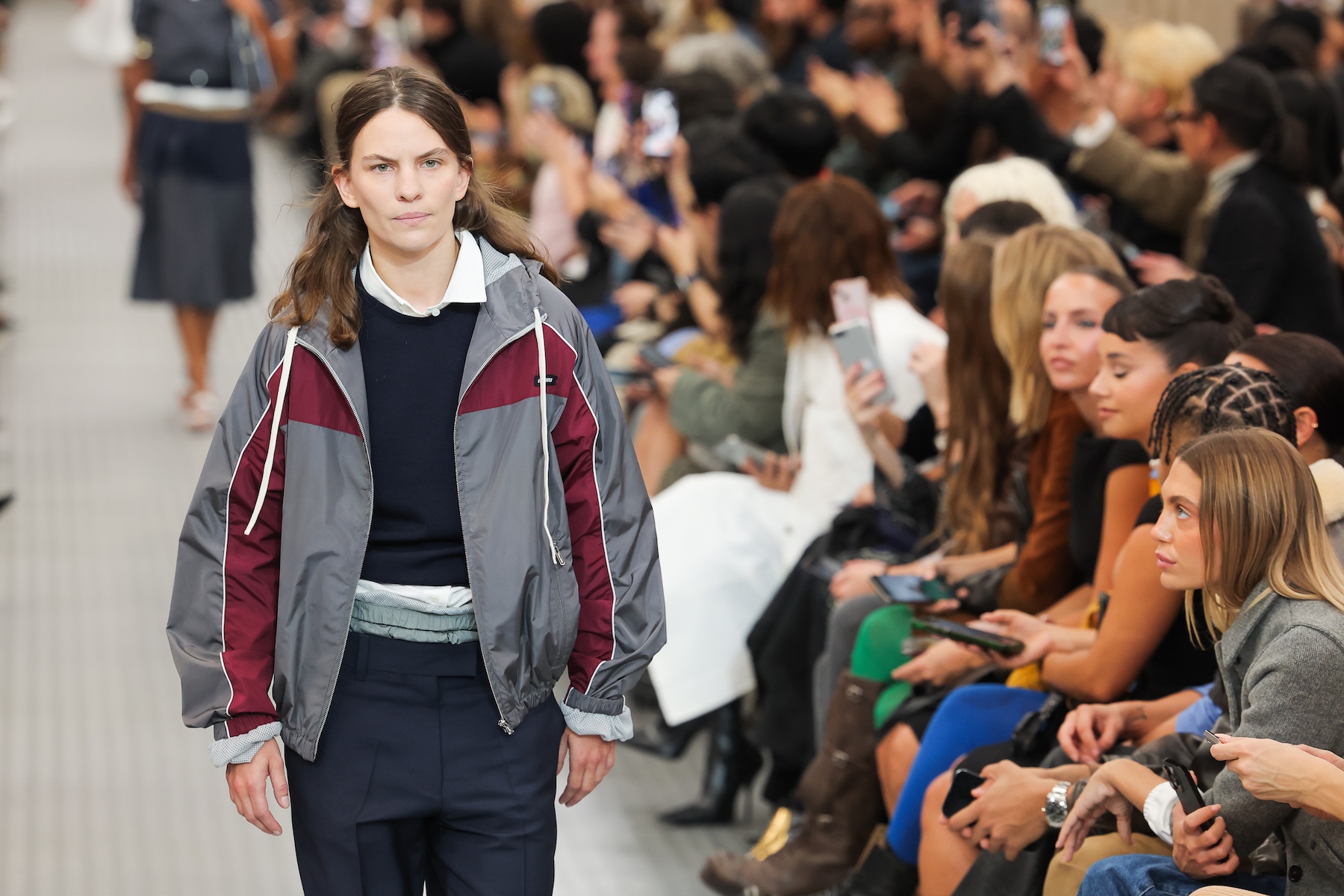 Ten of the best track jackets for channelling a 1970s-meets-1990s cool
Ten of the best track jackets for channelling a 1970s-meets-1990s coolAs a ‘Marty Supreme’ track jacket makes a bid for viral garment of 2025 – thanks to one Timothée Chalamet – the Wallpaper* style team selects ten of the best tracksuit and coach jackets for men and women, each encapsulating an easy, nostalgia-tinged elegance
-
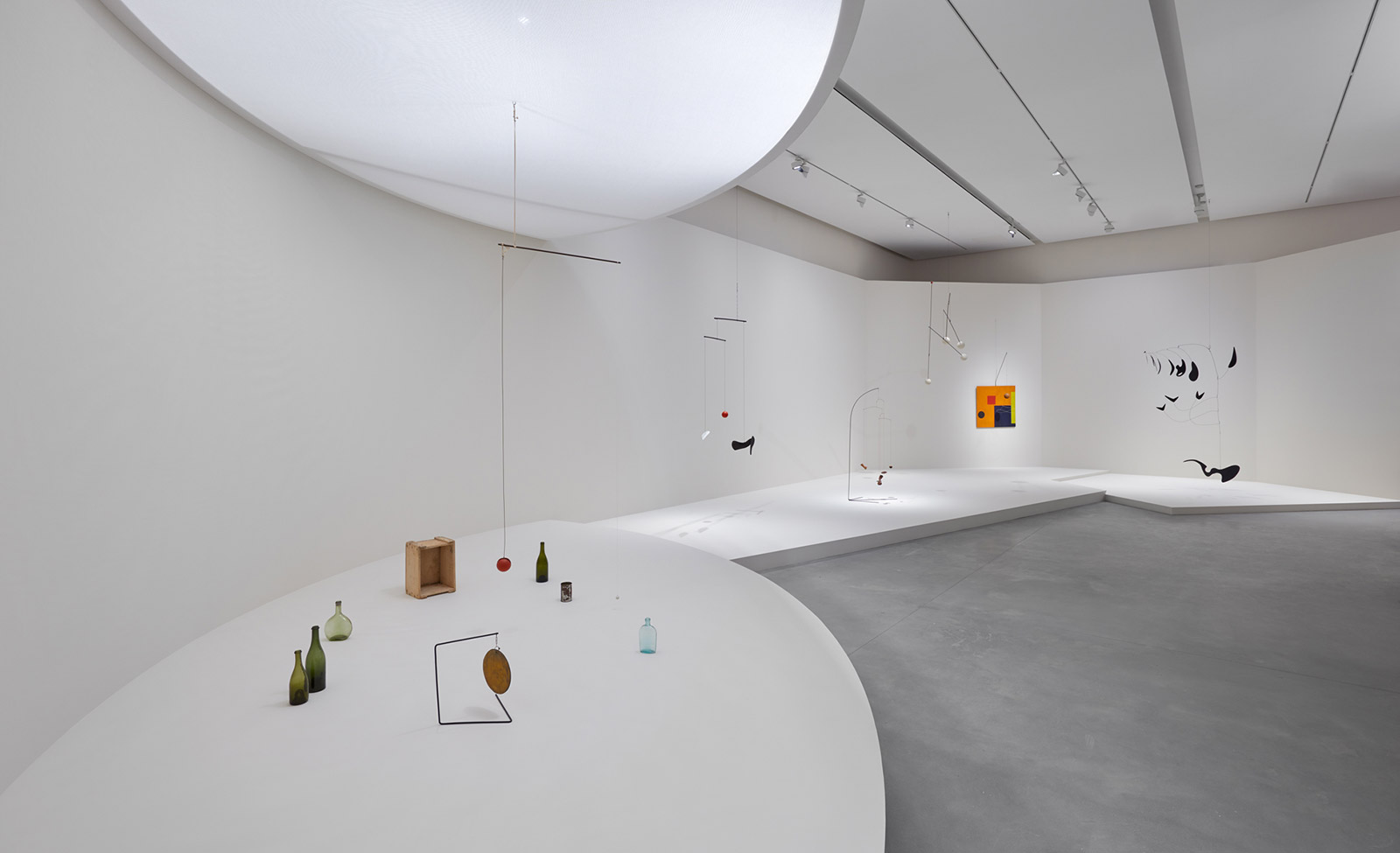 Pace Gallery opens Chelsea HQ with Calder, Hockney and more
Pace Gallery opens Chelsea HQ with Calder, Hockney and moreThe lofty 75,000 sq ft New York flagship designed by Bonetti/Kozerski Architecture heralds a new era in the gallery’s five-decade history
-
 The Alexander Calder projects that never left the drawing board
The Alexander Calder projects that never left the drawing boardCurated by Hans Ulrich Obrist and designed by Renzo Piano, a new exhibition at Centro Botín explores the boundless possibilities of the artist’s unrealised commissions and sheds light on little-known stories within his oeuvre
-
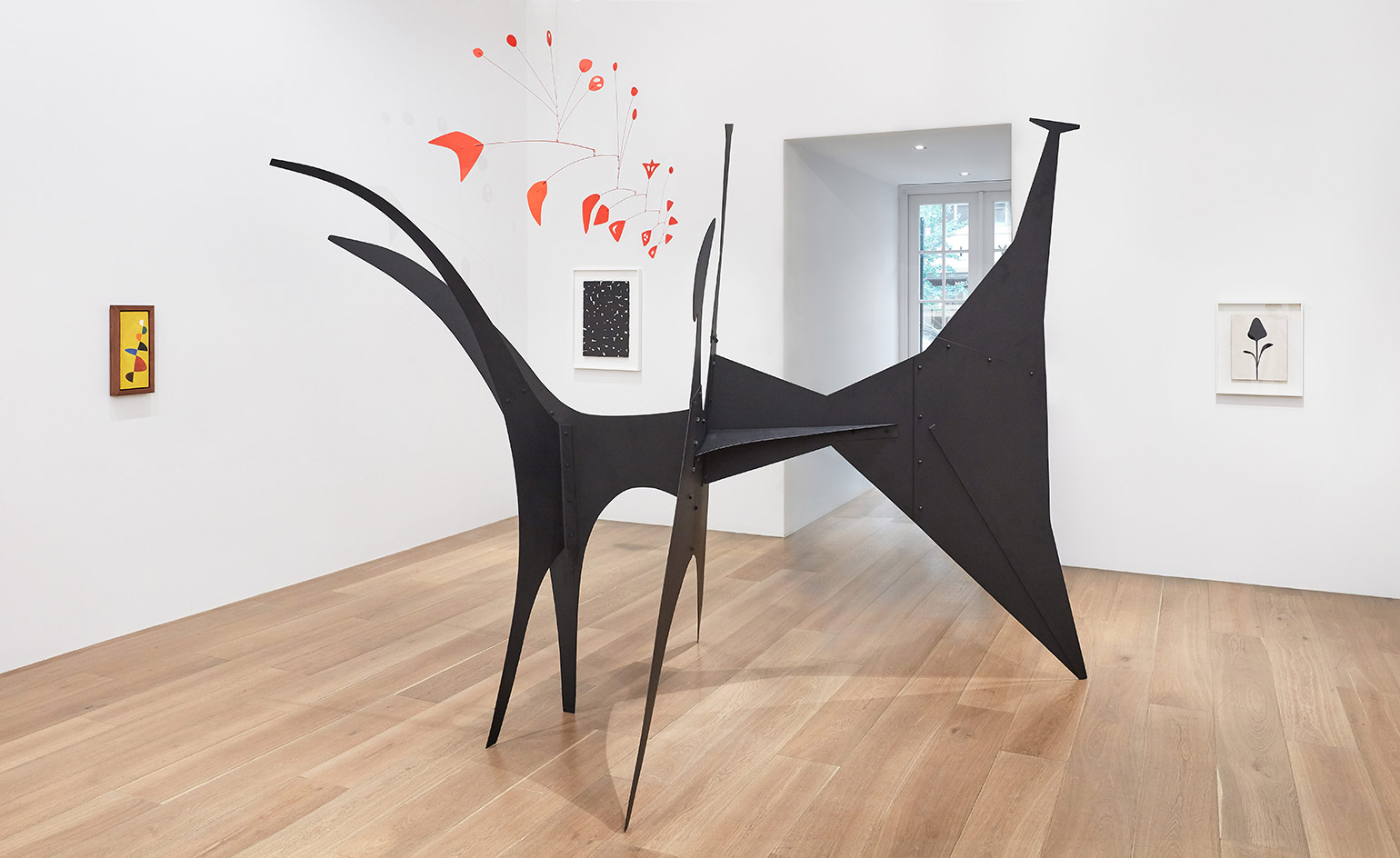 Dear Calder, dear Kelly: the friendship of two great artists a generation apart
Dear Calder, dear Kelly: the friendship of two great artists a generation apart -
 Alexander Calder mobiles reimagined as gravity-defying still lifes
Alexander Calder mobiles reimagined as gravity-defying still lifes -
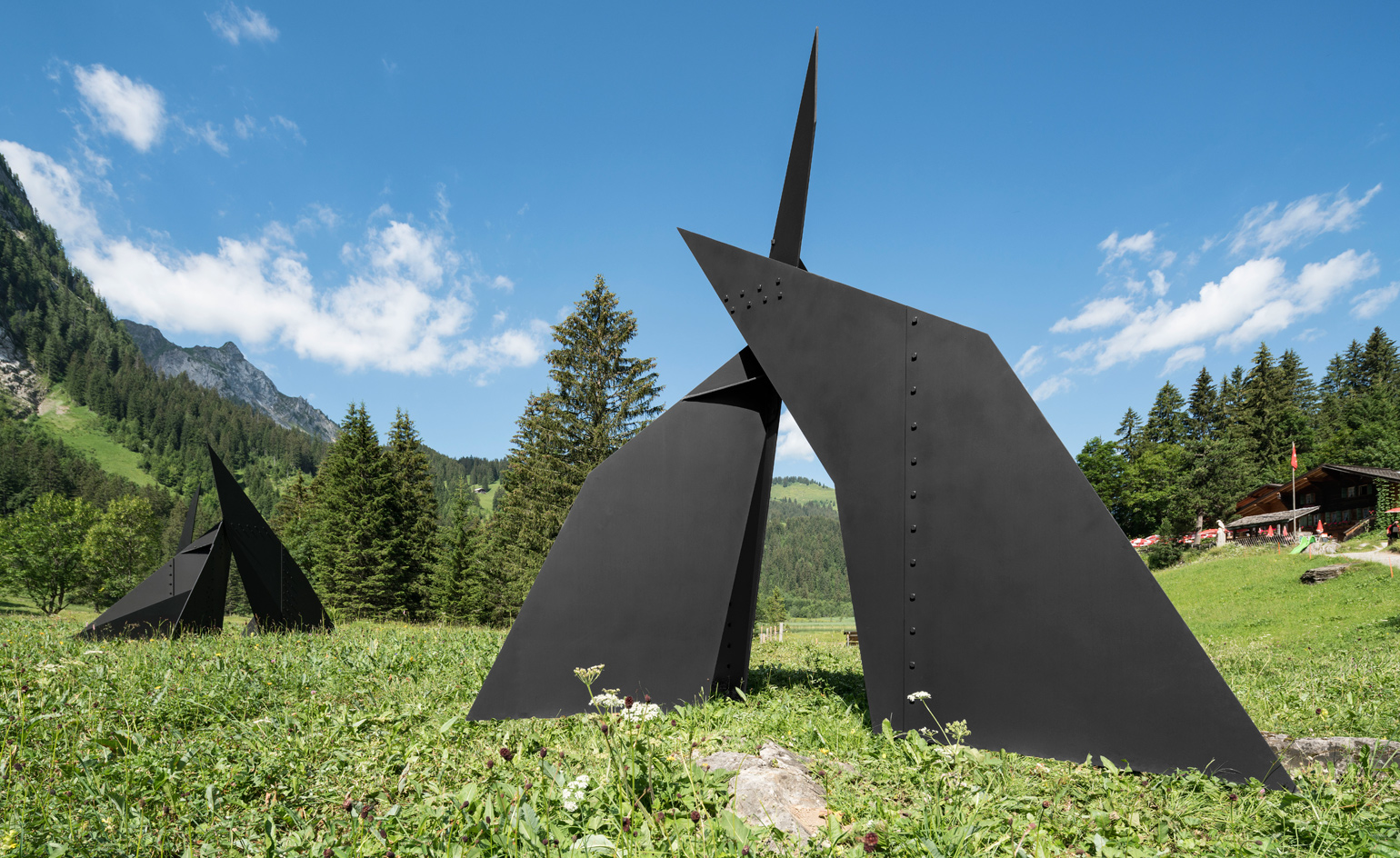 Peak season: Alexander Calder sculptures reach new heights in the Swiss Alps
Peak season: Alexander Calder sculptures reach new heights in the Swiss Alps -
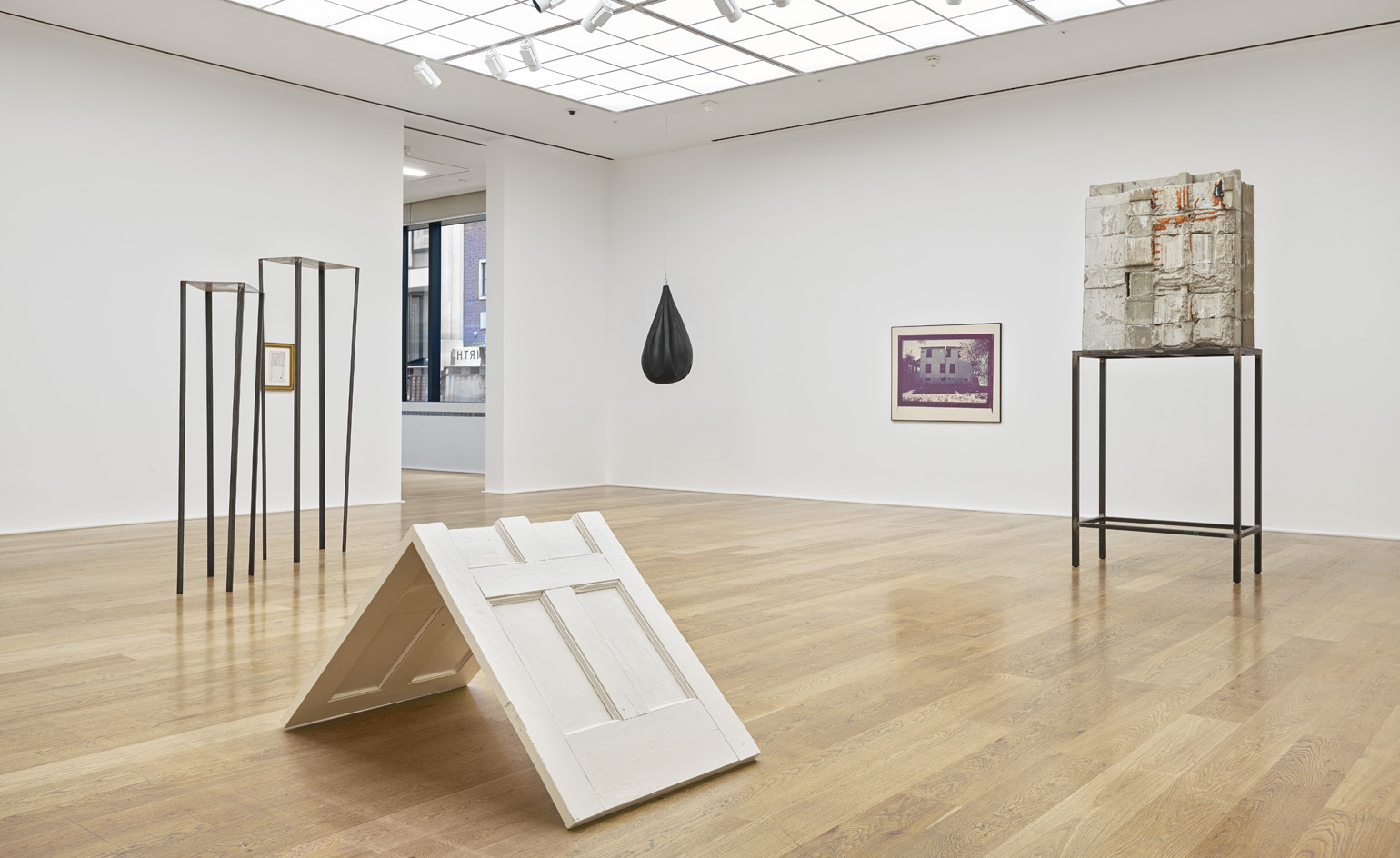 ’Maison Fragiles’: Hauser & Wirth’s new show is an ode to vulnerability
’Maison Fragiles’: Hauser & Wirth’s new show is an ode to vulnerabilityHauser & Wirth London draws together the work of nine artists in ‘Maisons Fragiles’, a group exhibition exploring themes of fragility, vulnerability and protection
-
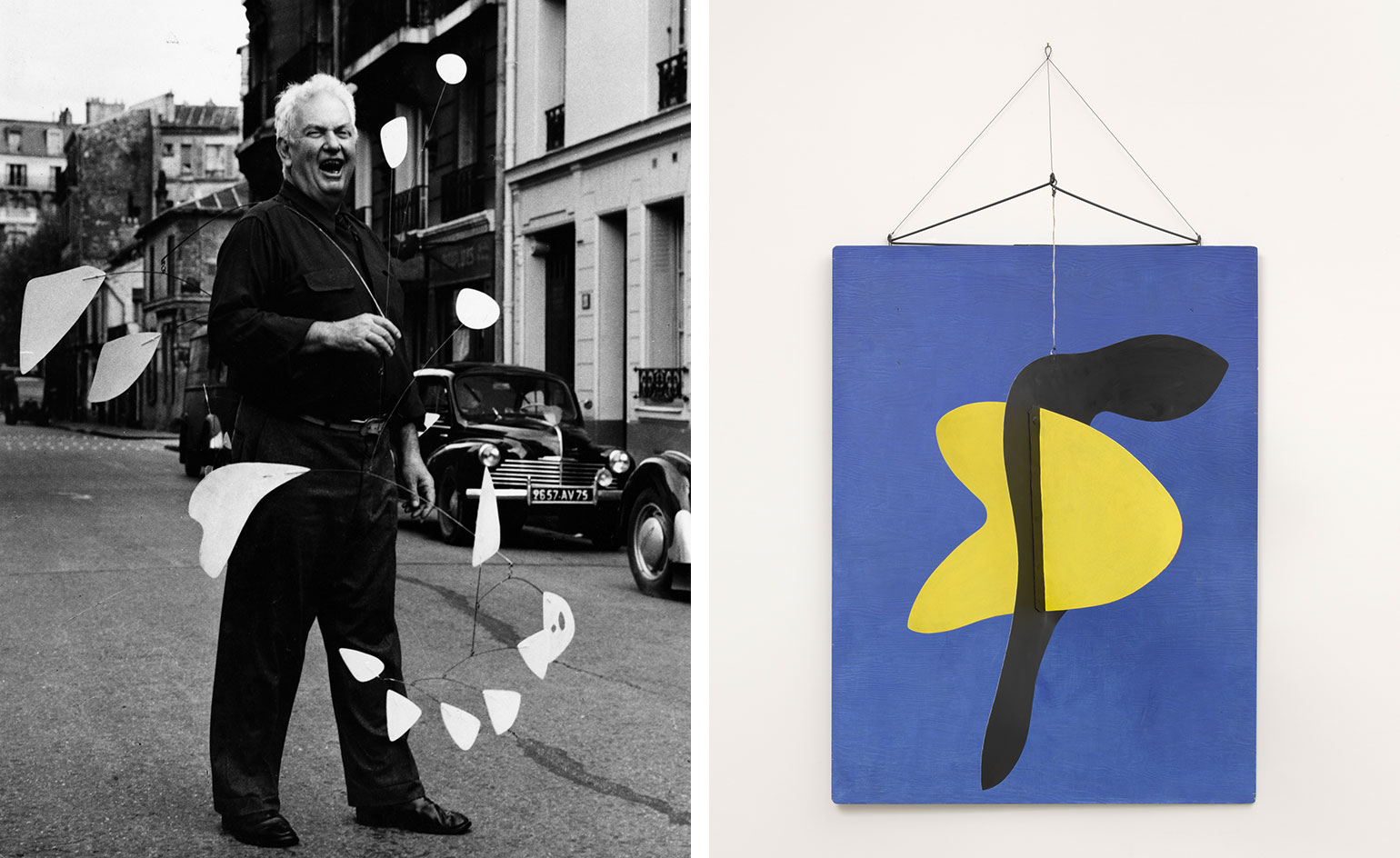 Performance art: a new Alexander Calder retrospective opens at Tate Modern
Performance art: a new Alexander Calder retrospective opens at Tate Modern -
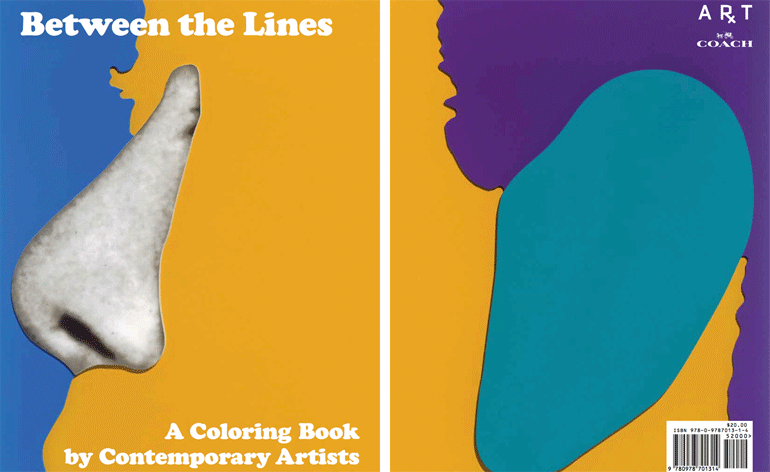 Colour me happy: RxArt’s fifth colouring book features cover art and stickers by John Baldessari
Colour me happy: RxArt’s fifth colouring book features cover art and stickers by John Baldessari